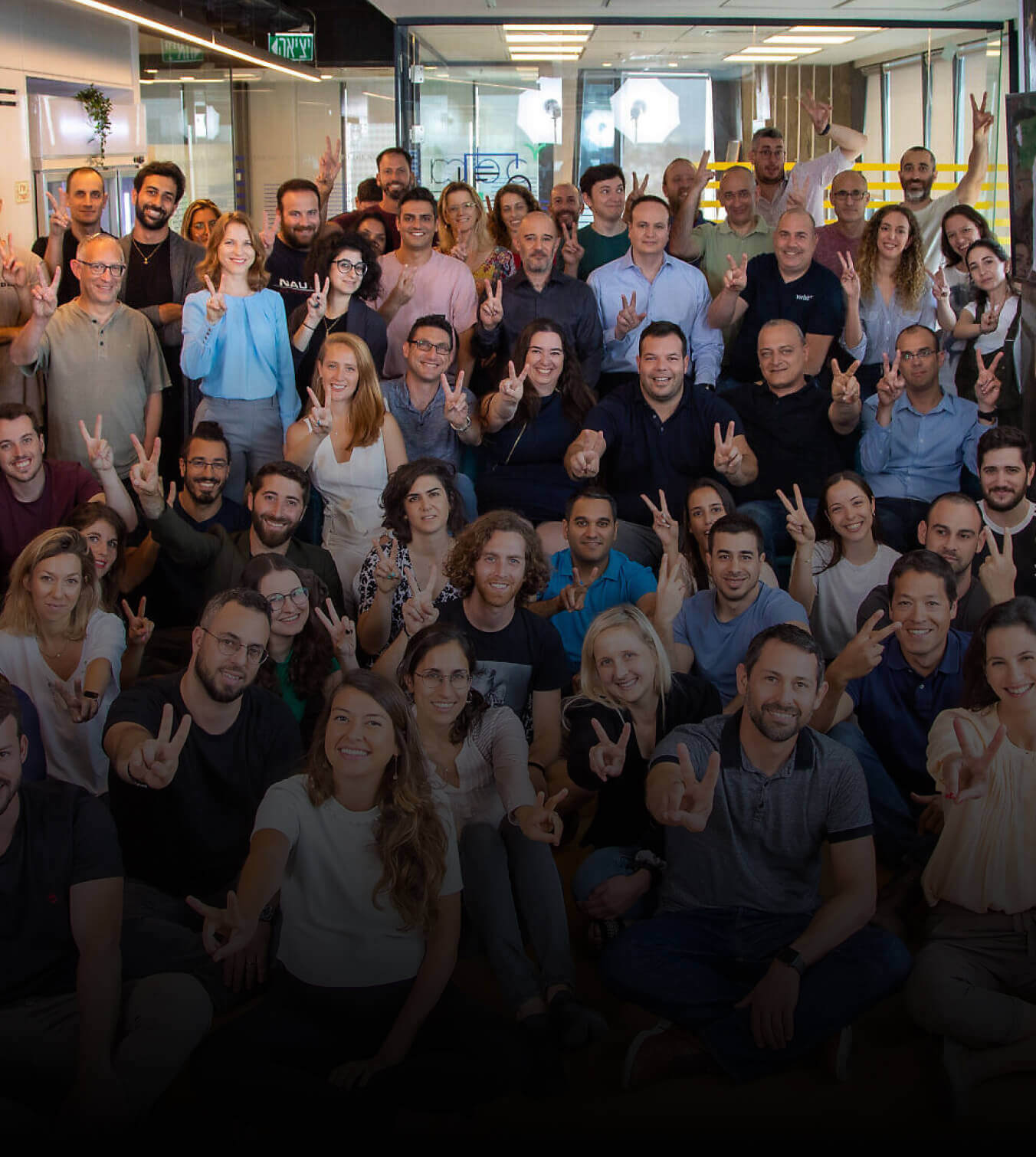Did you know that on average, 1290 new mobile apps are launched every 24 hours on Apple App Store, while the Google Play Store gets around 2200 new apps, every day?
That’s approximately 1 million new mobile applications every year on Apple and Google platforms!
Of course, a large majority of these apps get deleted as well, and the churn continues even as more than 146 billion app downloads happened last year, and the numbers are increasing at a fascinating pace.
With 6.9 billion smartphone users, even this number of mobile apps is not enough, because we need more content, more services, and more experiences to satisfy the demand.
If you are planning to launch a new mobile app, then it’s quite logical to explore the possible expenses for designing, developing, and launching a new mobile app in 2023.
You can also read – A Guide to Smart Home App Development: Costs, Challenges & Process
This blog will help you to navigate this complex question and give you more insights, and clarity to calculate and plan your mobile app launch.
This cost analysis of developing and launching a new mobile app is based on our extensive experience in creating the world’s most popular mobile applications for the last 15 years.
If you have any questions or queries related to the cost analysis of developing mobile apps, please feel to connect with our team of expert mobile app developers, and find out more information.
Without much ado, let’s dive straight into this topic: How much money is actually needed for developing a new mobile app?
The Ballmark Figure For Developing A New Mobile App In 2023
Broadly speaking, a new mobile app will need anywhere between $5000 to $500,000 for designing, developing, and testing activities.
Now, this huge range exists because the actual cost will primarily depend on the features needed and the complexity of the application.
You can also read – MACH 101 – A Comprehensive Look Into the Most Scalable & Future-Proof Architecture
A basic mobile app with customer account registration, login, and a simple database can be built between $5000 to $10,000, but as we keep on adding features and functionalities, the price increases.
At the same time, a slightly complex app with top-of-the-line features such as audio/video streaming, payment gateways and secured data encryption, social media integrations, and more can cost anywhere between $50,000 to $100,000.
Now, if we add more advanced and complex technologies such as Artificial Intelligence, Machine Learning, Meta-Verse capabilities, and more, then the final cost may breach the $300,000 mark as well.
5 Critical Factors Which Impact Mobile App Development Cost
Now, we will break down the 5 critical factors, that directly, and indirectly impacts the actual cost of mobile app development, and will give you more clarity.

#1 App Features & Functionalities
As shared earlier, the cost of creating an app varies significantly based on the features and functionalities we choose to include. As we add more features, the base mobile app development price increases accordingly. Within the realm of mobile app development, the cost is directly proportional to the number of hours spent.
To give a better idea:
| Feature | Expected Hours Used | Expected Cost |
| In-app Messaging | Up to 70 | Up to $3000 |
| Basic Admin Panel | Up to 100 | Up to $5000 |
| In-App Payment | Up to 250 | Up to $7000 |
| Calls | Up to 400 | Up to $14,000 |
To ensure an affordable yet satisfying customer experience, it is recommended to focus on essential core features for the initial version of your app.
Developing a Minimum Viable Product (MVP) with a basic set of features is the optimal approach. An MVP allows you to save both time and money while gathering valuable user feedback. This feedback can be invaluable in improving and expanding your app in future versions.
You can also read – How do Successful Startups Save Money with MVP Development?
#2 Industry & Audience
The cost of app development varies significantly across different industries and audience preferences. Moving from one category to another needs changes in factors such as user numbers, functionalities, security requirements, etc., resulting in varying development costs.
The needs and expectations of a gamer will be starkly different than the user of a dating app.
E-commerce/M-Commerce apps: Applications like Amazon are immensely popular due to their extensive features that enable real-time performance, handling of large user bases, and robust security measures. This leads to a higher cost of development of ecommerce apps.
Social Networking apps: Social media apps involve third-party integrations and often require access to hardware functions like cameras and audio recorders. Additionally, they must support millions of users simultaneously, making them costlier to develop than less complex apps.
You can also read – Costs & Key Features of Fashion eCommerce App Development
On-demand apps: Even the simplest on-demand applications have three versions – for users, service providers, and businesses. This multi-faceted nature can contribute to increased development costs.
Hardware-dependent apps: IoT-based applications heavily rely on hardware devices to perform actions such as data extraction or sending specific commands. Due to this hardware dependency, these apps can be more costly to develop.
| App Category | Expected Hours Needed | Expected Cost |
| Social Media | Up to 1200 | $50,000 – $300,000 |
| Ecommerce | Up to 1200 | $50,000 – $300,000 |
| Ed-Tech | Up to 1000 | Up to $225,000 |
| Dating | Up to 1500 | $100,000 – $350,000 |
| Gaming | Up to 2000 | Upto $350,000 or more |
#3 Design, UI & UX
The app design is another crucial factor influencing the cost of app development. To ensure user engagement, a specific focus on app design is essential.
You can also read – How Did Starbucks Increase Sales by 14% with Its Mobile App? Let’s Find Out!
For instance, the cost will depend on whether the design is having Custom or Standard UI. Customized UI requires more effort in both design and implementation, making it a more expensive choice.
Wireframing: Developers use wireframing to create effective user experience features and maps. Special tools like MARVEL, Balsamiq, and Photoshop are commonly employed for this purpose.
Animation: Animation has become a popular method to add interest and intuitiveness to applications. Gaming and social media apps often leverage animations extensively to enhance the user experience.
#4 Tech Platform
When starting the mobile app development process, selecting the right platform is crucial. Depending on your target audience, business objectives, and the ROI planned, we have the option to build an iOS, Android, web, or cross-platform application.
For startups with limited budgets, starting with one platform initially and then expanding to multiple platforms later is a practical approach.
Here are the popular app development platform options to consider:
Native app platform (Android & iOS): iOS app development uses Swift and Objective C, while Android app development is done with Java and/or Kotlin.
You can also read – Top 5 Features of A Real Estate Mobile App that Drive More Leads
Web app platform: Progressive Web Apps and other web apps are more cost-efficient compared to native apps. Web app development costs typically range from $10,000 to $100,000.
Cross-platform: Developing an app for both iOS and Android simultaneously is a cost-efficient trend. This platform offers benefits like using a single codebase and requiring less development effort. The two main contenders in the cross-platform industry are Flutter and React Native.
Hybrid app platform: Hybrid Apps incorporate elements of both native and web apps. They are installed like native apps but run within a web view component.
#5 Post-Launch Support & Maintenance
Once the application is launched, businesses may need post-launch support, and maintenance, which is typically around 20-30% of the overall cost of mobile app development.
App bug fixes: Once the app is published, certain bugs may emerge and require attention, making regular bug fixes necessary.
Customizations: App designs have a tendency to become outdated over time and may lose their appeal to users. To retain user engagement, it is crucial for a brand to update and refresh the app design as needed.
App maintenance cost: This cost covers various aspects of maintaining and updating the app to ensure its optimal performance and compatibility with the latest technologies and devices.
You can also read – Understanding How Uber Eats Works: Business Model, Fulfillment Platform, Image Storage & More
The location of the development team is also an important factor since the hourly rates will depend on that. An offshore development team will lead to lower costs, and higher ROI, compared to an on-site development team.
Final Thoughts
There also exist strategies and tactics to reduce the overall cost of mobile app development. For instance, if the client outlines the features and functionalities in advance, then the development team will have a clear idea about the business objectives, which will lead to less time spent in finalizing the wireframes and UI.
Code reuse is another strategy that can help businesses to reduce costs.
For more detailed information on the aspects leading to mobile app development pricing, and strategies for reducing the cost, schedule a no-obligation consulting session with our mobile app engineers, and explore the possibilities with Zazz!
Recent Articles
Zazz.io Recognized as a Top Mobile...
When it comes to mobile app development and digital transformation...
Impact Of Google Bard on Mobile...
Artificial Intelligence has caused an irreplaceable disruption in almost every...
Cost of Building a Real Estate...
100 million+ homes listed in some of the most preferred...










